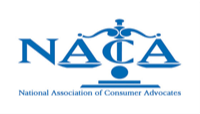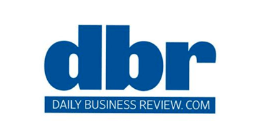
In 2005, Congress overhauled the bankruptcy code by passing the Bankruptcy Abuse Prevention and Consumer Protection Act (BAPCPA). Central to this was the enactment of the means test. A list of 14 questions is known as Form 122A. this determines whether there is disposable income available to pay creditors and therefore must file a Chapter 13 bankruptcy. A debtor is permitted to file a Chapter 7 bankruptcy if their income is below the state average income for a household of a similar size. As a caveat, there are instances where an above-median debtor is permitted to file a chapter 7 – one of which I will address below.
Form 122C is for Chapter 13 and is used to determine the amount of disposable income available to pay the outstanding debt. To determine the amount available to pay creditors, the Form asks a series of questions that deducts living expenses. The expenses are measured by a hybrid of actual expenses, and IRS determined cost of living expenses for the county of the debtor’s residence. The latter is a cause of confusion and resulted in litigation. It factors what one should spend on a specific monthly expense, for example, a car payment, and not what they spend. This benefits those who spend below the determined amount as it frees up funds that creditors are not entitled to. On the other hand, those who spend more than the IRS guidelines are only allowed to deduct the IRS-determined amount.
The determination of chapter 7 versus chapter 13 is done after deducting the expenses from the income. The outcome will determine whether there are disposable funds to pay creditors in Chapter 13 or whether the debtor can file a Chapter 7. There are other factors in this analysis, but the means test is a starting point.
Where does social security come into play in the above analysis
The right of any person to any future payment under this title shall not be transferable or assignable, at law or in equity, and none of the money paid or payable or rights existing under this title shall be subject to execution, levy, attachment, garnishment, or other legal processes, or to the operation of any bankruptcy law.
Simply stated, social security income is not included in the Form 122A or 122C analysis. A debtor whose total income is above the average income for a household size of their state can exclude their social security income from the analysis. If excluding the social security income reduces the income to below average – they pass the means test for purposes of filing a Chapter 7 despite the surplus of income.
Similarly, in chapter 13 debtors who receive social security income. They can withhold their social security income from the projected disposable income test. Their social security income will not be calculated in the payment that they are required to pay their unsecured creditors.
- About the Author
- Latest Posts


























